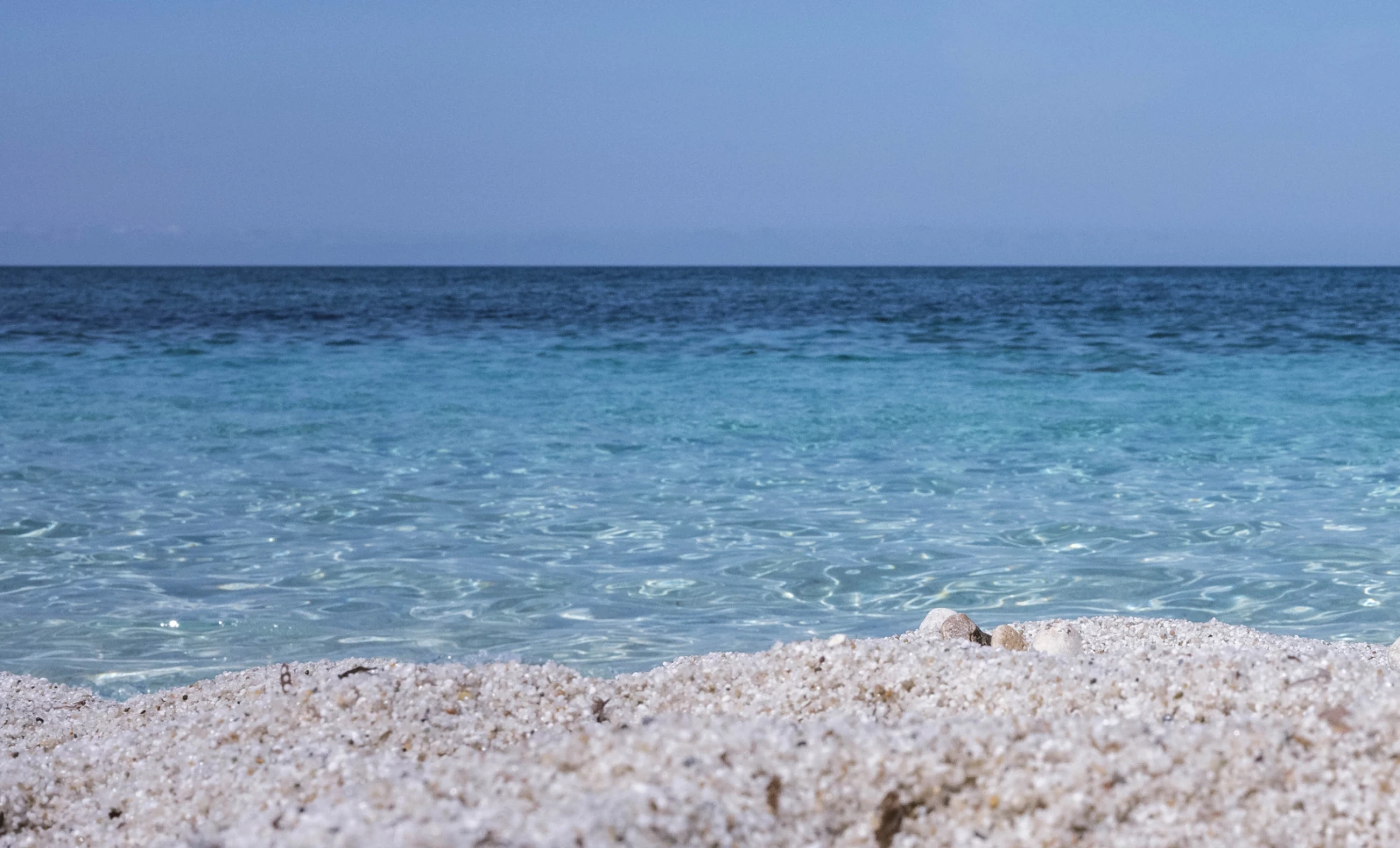When you approach Is Arutas, in the Sinis Peninsula, not far from Cabras, on one of the many hot days of the month of July, the first thing you look for is the sea.
Ph. Valentina Sinis - Trentaremi
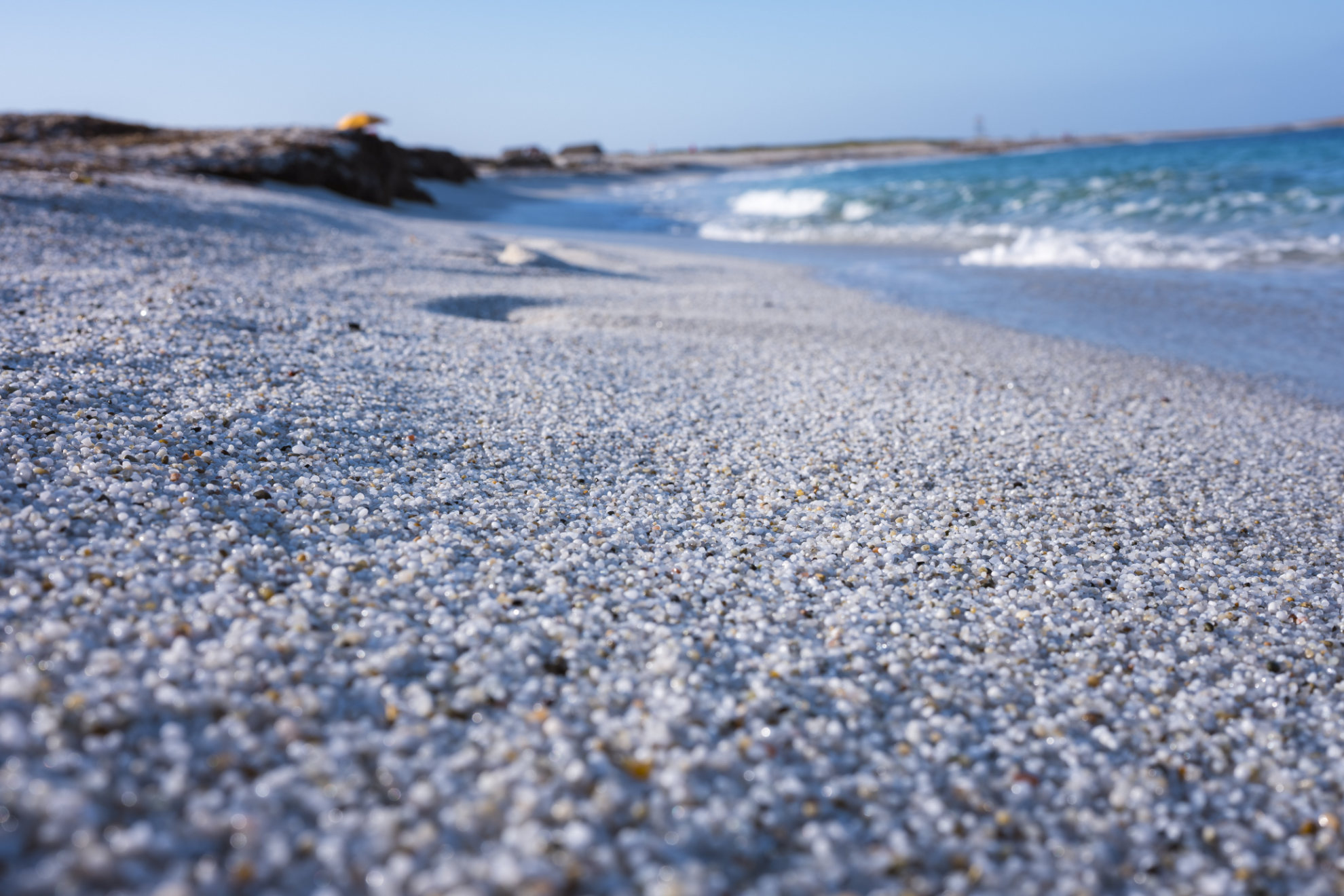
From afar you look for the sea. You scrutinise it, observe it, and you cannot tell where the water begins and where the sky ends. The horizon confuses your ideas, and the view. And when you finally reach the beach, after patches of Mediterranean vegetation and palm trees that put you in a good mood, the sea presents itself with those colours that oscillate between green and turquoise and which are now the most famous image of Sardinia in the world.
Ph. Valentina Sinis - Trentaremi

Almost transparent on the shore and then the colour increases intensely until it turns blue the further offshore you go. Yet it is not the sea that makes Is Arutas one of the most pristine beaches on the Mediterranean island, but the sand. That magic powder that remains cool despite the hot temperatures and which is so white that it has earned the nickname “rice beach”. Rice grains, but also small rounded crystals.
Ph. Valentina Sinis - Trentaremi
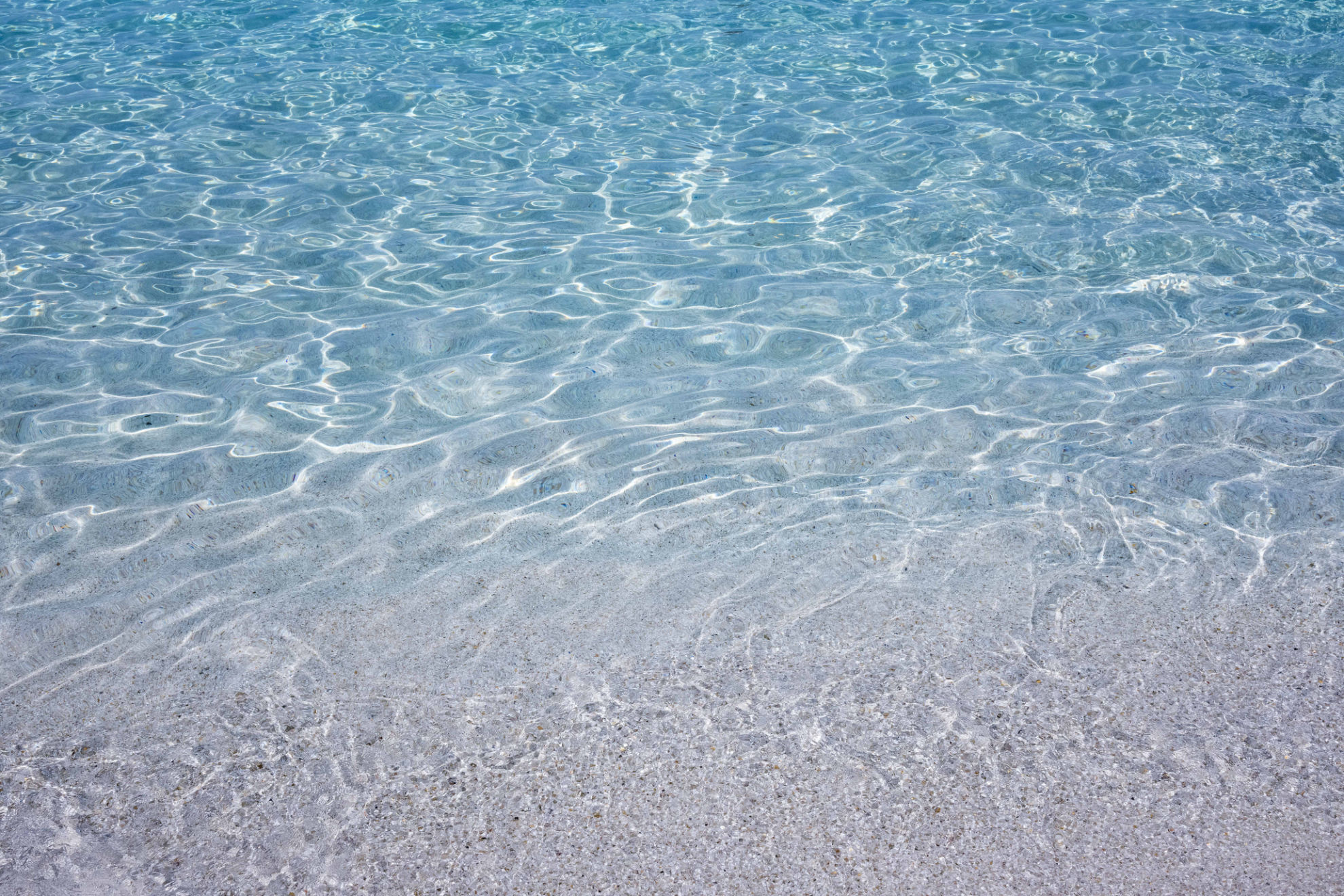
Is Arutas beach, which in Sardinian means Beach of Caves, like the less famous but no less beautiful beach of Mari Ermi, is characterised by these vast expanses of white quartz, which make them unique not only in Sardinia, but probably throughout Italy. These precious sands were born from the slow and secular erosion of the quartz stones of the nearby island of Mal di Ventre when, six hundred million years ago, after the rocks cooled, the island's granite was subject to erosion by atmospheric agents and the quartz stones were slowly carried by the currents to the coasts, remaining intact.
Ph. Valentina Sinis - Trentaremi
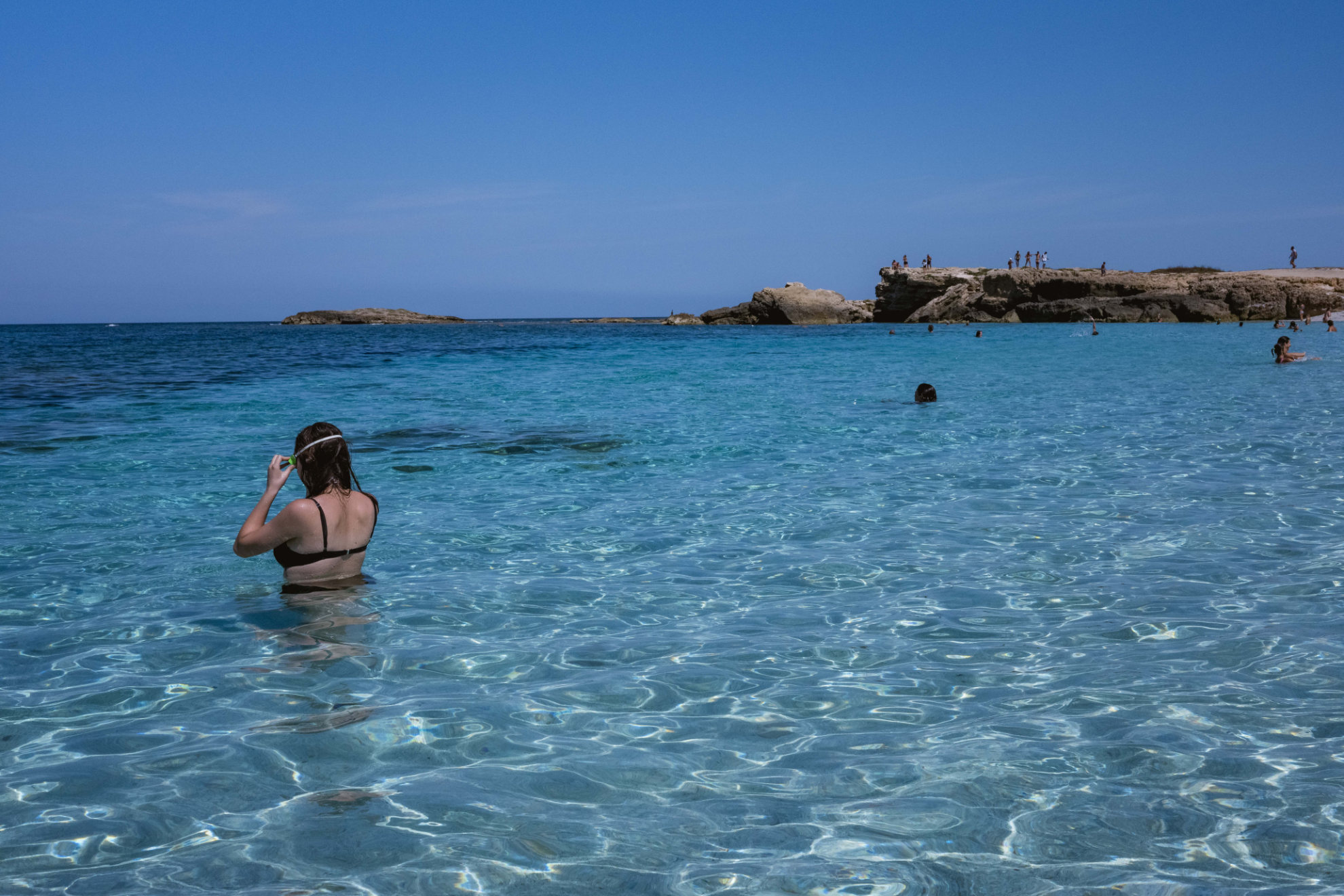
And thus they made Is Arutas not only beautiful from a landscape point of view, but also of great value from a geological point of view. To the point that the uncivilised habit of tourists, who used to take away quartz as a souvenir, is today suitably punished. But a past of speculation and little respect for the environment also has to be reckoned with.
Ph. Valentina Sinis - Trentaremi
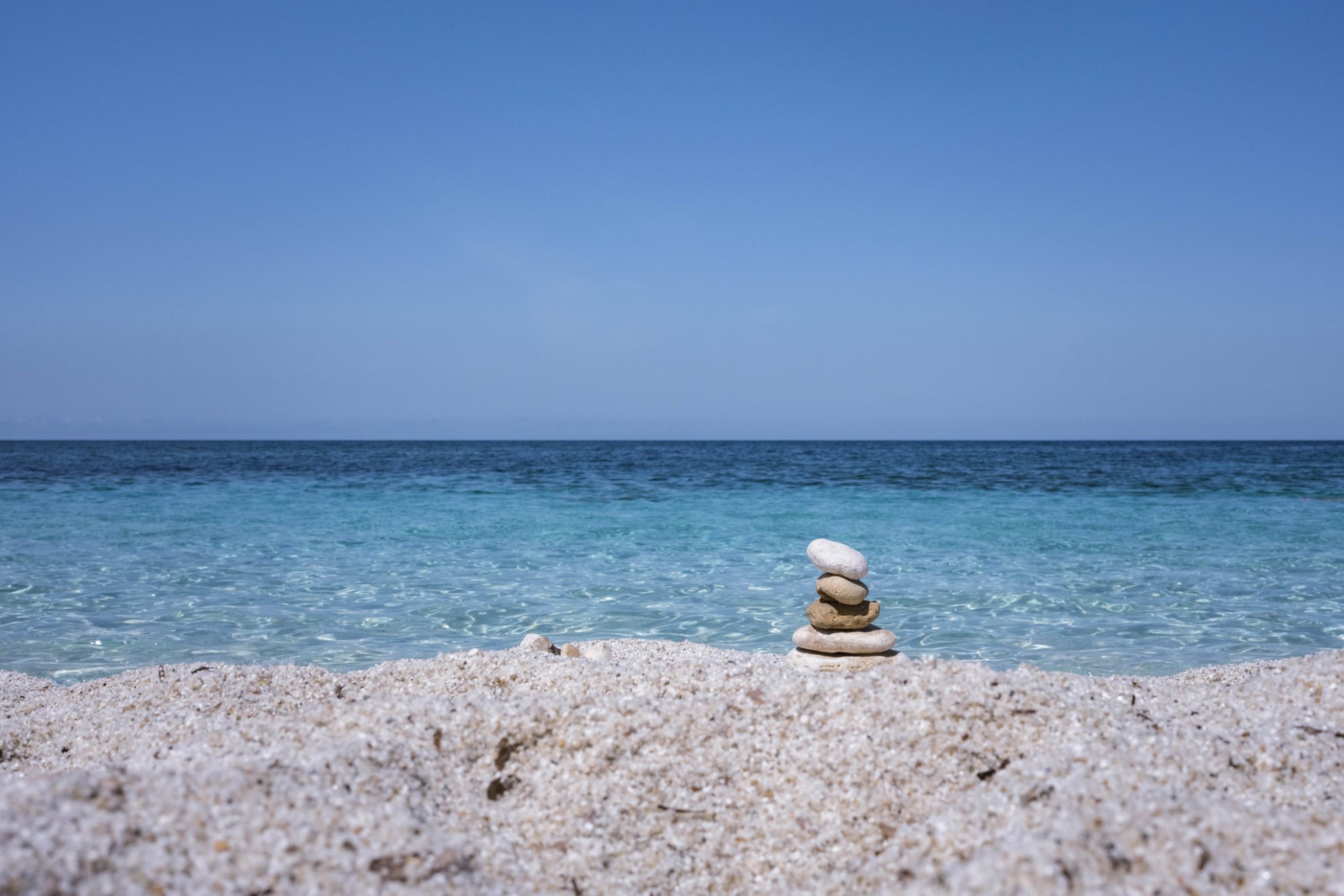
When in the seventies a lot of sand was taken from these beaches to fill other stretches of coast, especially on the Costa Smeralda, which were mainly rocky and therefore incompatible with the needs of the emerging tourist villages, as Michela Murgia narrates in “Journey to Sardinia”.

